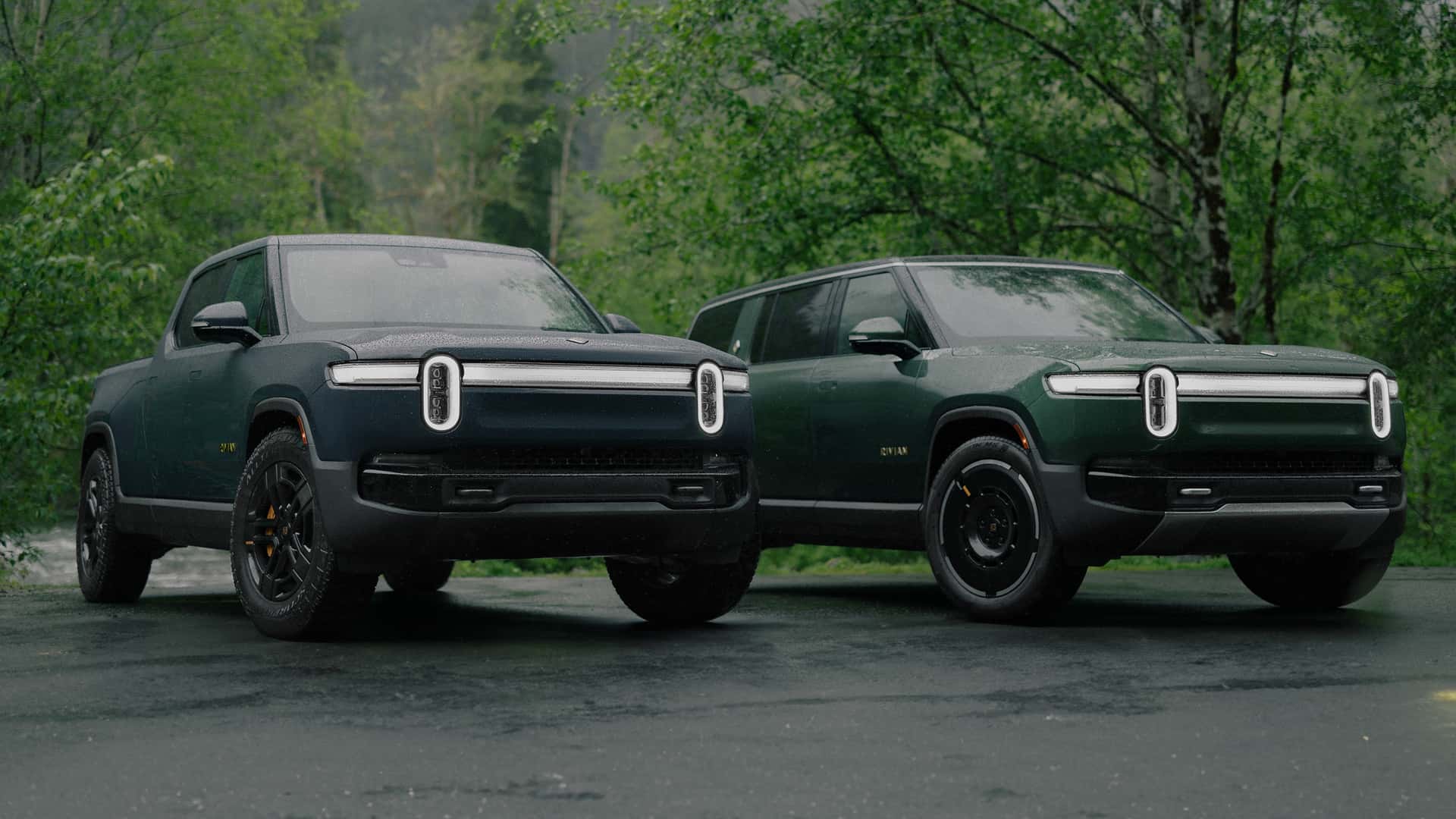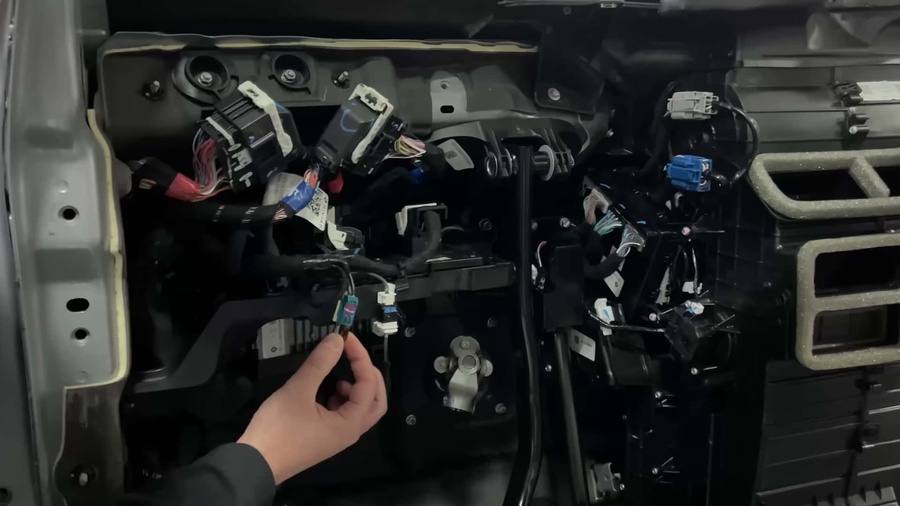The truck and SUV have minimized their electrical complexities by cutting back on wiring by 1.6 miles (2,6 km) and slashing the overall vehicle weight by approximately 44 pounds (20 kg).
Rivian's newest innovation includes the implementation of a zonal electrical architecture. Earlier models incorporated seventeen electronic control units (ECUs), but this has been pared down to seven in the 2025 models. This reduction not only trims down wiring but also boosts the power and computational capabilities of each ECU.
Wiring harnesses in vehicles serve as essential conduits for transmitting signals and distributing power across various parts just like nerves do in the human body. The industry's move toward zonal architectural systems segments these harnesses into fewer, more manageable sections. Instances such as Tesla’s Model S which initially had nearly 2 miles (3,2 km) of wiring being reduced to only about 328 feet (100 m) in the later Model Y illustrate a broad trend toward reducing vehicle wiring complexity.
Other industry giants are also recognizing the benefits of reduced wiring systems. For example, Ford's CEO Jim Farley highlighted challenges with extensive wiring in the Mustang Mach-E. He noted ongoing efforts at Ford aimed at diminishing these complexities in upcoming models, resonating with advancements seen from competitors like Rivian.
Source: InsideEVs


